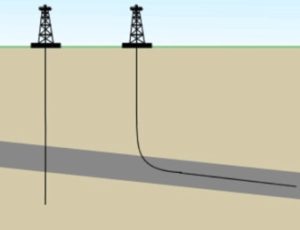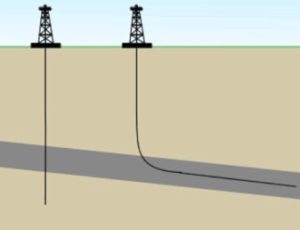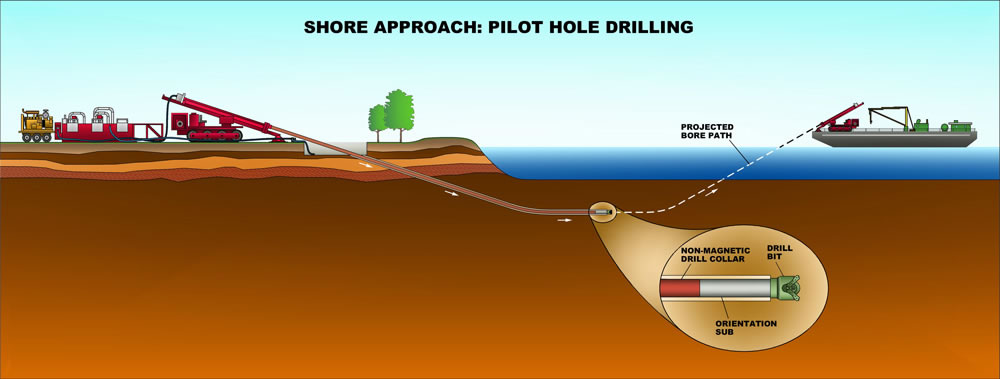Precision in Motion: Mastering Directional Drilling for Efficient Exploration
The Importance of Precision in Directional Drilling
Introduction
In the realm of oil and gas exploration, precision is paramount. Directional drilling has emerged as a key technique for accessing reserves that were previously unreachable or economically unviable. This method allows for the extraction of resources from multiple angles and depths, maximizing efficiency and minimizing environmental impact. Precision in Motion: Mastering Directional Drilling
Understanding Directional Drilling
Directional drilling involves the intentional deviation of a wellbore from the vertical plane to reach specific subsurface targets. This technique is used in various industries, including oil and gas, mining, and civil engineering. By controlling the trajectory of the well, engineers can access reserves located beneath obstacles such as cities, bodies of water, or environmentally sensitive areas.
The Role of Precision
Accurate Measurement and Planning

Precision begins with meticulous measurement and planning. Engineers utilize advanced surveying techniques and specialized software to determine the optimal path for the wellbore. Factors such as geological formations, reservoir characteristics, and surface infrastructure are carefully considered to minimize risks and maximize returns.
Advanced Drilling Technologies
Advancements in drilling technologies have revolutionized the precision of directional drilling. Rotary steerable systems, electromagnetic guidance tools, and downhole sensors enable real-time monitoring and adjustment of the wellbore trajectory. This level of control allows operators to navigate complex subsurface environments with unprecedented accuracy.
Benefits of Precision Directional Drilling
Maximized Resource Recovery
Precision directional drilling facilitates access to reservoirs that were previously inaccessible or challenging to exploit. By intersecting multiple zones from a single location, operators can maximize resource recovery and optimize production rates. This approach reduces the need for additional drilling rigs and minimizes environmental disturbance.
Cost Efficiency
Efficient drilling operations save both time and money. Precision directional drilling minimizes the number of wells required to achieve production targets, reducing overall drilling costs. Additionally, improved accuracy reduces the risk of costly errors such as wellbore collisions or unintended fluid losses.
Challenges and Innovations
Geological Complexity
Navigating complex geological formations poses a significant challenge in directional drilling. Unforeseen changes in formation properties or fault lines can disrupt planned trajectories and increase drilling risks. However, ongoing research and development efforts focus on enhancing imaging technologies and predictive modeling to mitigate these challenges.
Environmental Considerations

Environmental stewardship is an essential aspect of modern drilling operations. Precision directional drilling minimizes surface disturbance and reduces the footprint of drilling activities. Techniques such as horizontal drilling and extended reach drilling enable operators to access reserves from remote locations, minimizing the impact on sensitive ecosystems. For directional drilling queensland see here.
Conclusion
Embracing Precision for Sustainable Exploration
Precision directional drilling represents a paradigm shift in the field of exploration and production. By mastering the art of precision, operators can unlock previously inaccessible reserves while minimizing environmental impact and maximizing efficiency. As technology continues to advance, the future of directional drilling holds promise for sustainable resource development on a global scale.
In conclusion, precision in motion is not just a slogan; it’s a fundamental principle that drives success in directional drilling operations. By prioritizing accuracy, efficiency, and environmental responsibility, the industry can continue to thrive while minimizing its footprint on the planet.

